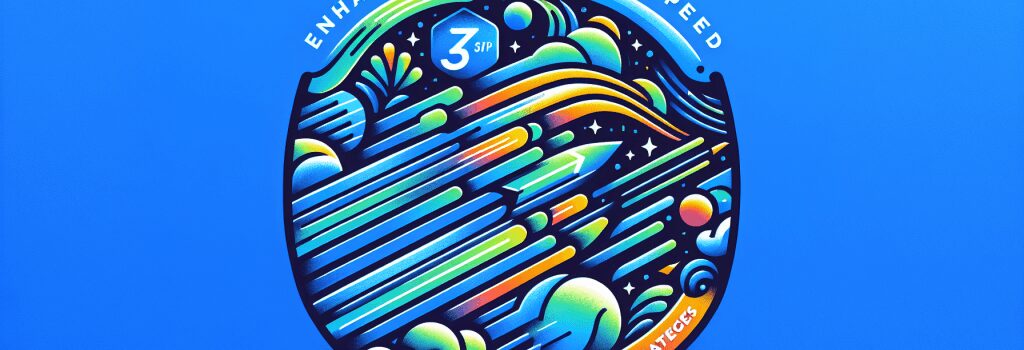Enhancing Website Speed: Advanced Caching Strategies

To begin with, speed is the name of the game in the digital world. We’re just too busy or impatient to wait for anything, and that includes websites. So, buckle up! We’re about to embark on a speedy journey down the cache lane (virtual high-five for those who caught on to the pun!).
Understanding Website Speed
So, what is website speed? It’s the time it takes for your website to load up on a user’s screen. Now, I don’t need to tell you about the importance of website speed. After all, a turtle could win a race against a hare only in Aesop’s Fables, not in the real world. 😉
What Is Caching?
Caching is like the superhero of website speed. It’s a process of storing data in a cache. Or in simpler, less geeky terms, it’s like keeping a backup dessert in your fridge. Why? So you don’t need to bake a new one each time you have a craving! Caching simply stores a version of your webpage in a user’s local storage, so it doesn’t have to be loaded from scratch every time they visit. Oh and Btw, isn’t CACHE pronounced just like ‘cash’? Now THAT’S something we all wish we had more of in our bags or local storage! 😁
Advanced Caching Strategies
Browser Caching
Starting off with the basics, we have browser caching. It’s like teaching your browser to remember your website like the back of its hand. Now, isn’t that one smart cookie? In technical terms, it’s about storing a version of your webpage on the user’s browser, so it isn’t downloaded each time.
Object Caching
Next comes the slightly more advanced object caching. In this, parts of your PHP code are stored as objects. It’s like slicing your web page into smaller parts for easier consumption. But beware, this method requires a haste of knowledge and control over PHP. It’s like the secret weapon of your savvy programmer friend who likes to flaunt their geekiness.
Server Caching
Think about server caching as the big brother that offers protection – the kind that watches over everything! This advanced caching strategy is all about storing the whole webpage on the server. In true brotherly fashion, it steps up when a user makes a request, handling everything before passing it to PHP.
Content Delivery Network (CDN) Caching
Last, but definitely not least, is the CDN caching. It’s the superhero with a global presence, storing cached web pages in servers all around the globe. So, wherever your users are, there’s a superhero ready to load your page quickly!
Conclusion
So there you have it, folks! Advanced caching strategies to enhance your website speed for the impatient and busy digital users. Remember, speed is vital to keeping your audience happy and engaged. Slow and steady might just make them click that dreaded back button. So, hasten up and get caching!
And even after all these caching strategies, if your website still moves at the pace of a sloth wearing flip-flops, well, then maybe it’s just a sign from the universe to take a break and have some of that backup dessert from the fridge!
Remember, slow and steady wins the race… but only in storybooks! Keep your tools ready, your coding crisp and your humor intact! Until our next speedy adventure, happy coding!


